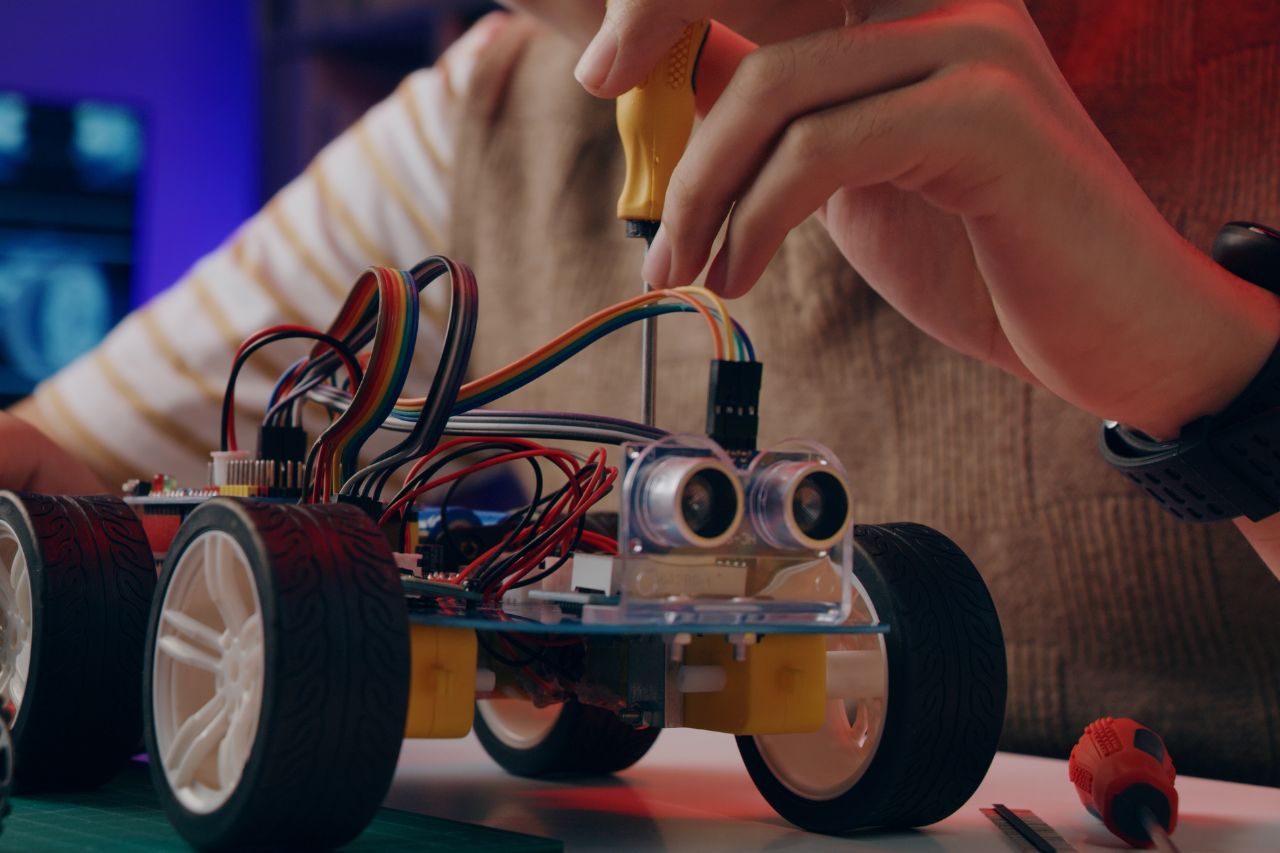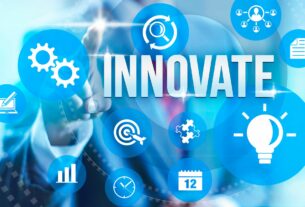Project-based learning (PBL) is revolutionizing the way students learn, making education more engaging, relevant, and effective. In this article, we will explore what project-based learning is, how it differs from traditional learning methods, and the many benefits it offers to students, teachers, and the education system as a whole.
What is Project-Based Learning?
Through active participation in personally and practically relevant projects, students learn through project-based learning. Instead of passively receiving information, students work on projects over an extended period, which allows them to investigate and respond to complex questions, problems, or challenges.
How Project-Based Learning Differs from Traditional Learning
Both direct instruction and rote memorization are common in traditional education. In contrast, project-based learning focuses on student-centered inquiry, collaboration, and real-world application. Here are some key differences:
- Active vs. Passive Learning: In PBL, students are active participants in their education, whereas traditional methods often involve passive absorption of information.
- Collaboration vs. Individual Work: PBL encourages teamwork and collaboration, while traditional education often emphasizes individual work.
- Real-World Relevance: Projects in PBL are often based on real-world problems, making learning more relevant and engaging compared to abstract concepts taught in traditional classrooms.
- Critical Thinking and Problem-Solving: PBL requires students to think critically and solve complex problems, skills that are less frequently developed in traditional settings.
Benefits of Project-Based Learning
1. Enhanced Engagement and Motivation
One of the most significant benefits of project-based learning is that it enhances student engagement and motivation. When students work on projects that interest them and have real-world applications, they are more likely to be enthusiastic and invested in their learning. This intrinsic motivation leads to deeper understanding and retention of knowledge.
2. Development of Critical Skills
Project-based learning helps students develop essential skills that are critical for success in the 21st century. These skills include:
- Critical Thinking: Analyzing and evaluating information to solve problems.
- Collaboration: Efficiently cooperating with others to accomplish a shared objective.
- Communication: Clearly and effectively expressing ideas in both written and oral forms.
- Creativity: Thinking creatively and coming up with original answers.
- Self-Management: Organizing and managing time and resources effectively.
3. Real-World Application
PBL bridges the gap between theoretical knowledge and real-world application. Students see the relevance of what they are learning as they apply their knowledge to real-world problems and challenges. This connection to real life enhances understanding and retention and prepares students for future careers and life beyond school.
4. Encourages Lifelong Learning
Project-based learning fosters a love of learning by making education exciting and relevant. Students learn to take initiative, seek out information, and become independent learners. This mindset is crucial for lifelong learning, as it prepares students to continually adapt and grow in an ever-changing world.
5. Improved Academic Performance
Research has shown that students engaged in project-based learning often perform better academically compared to those in traditional learning environments. PBL encourages a deeper understanding of subject matter, which translates to better performance on assessments and a stronger foundation for future learning.
6. Social and Emotional Development
PBL supports social and emotional development by promoting teamwork, empathy, and communication. Students learn to work with others, understand different perspectives, and develop interpersonal skills that are essential for personal and professional success.
Implementing Project-Based Learning in the Classroom
Planning and Preparation
Successful implementation of project-based learning requires careful planning and preparation. Teachers need to:
- Identify Learning Objectives: Clearly define what students should know and be able to do by the end of the project.
- Design Meaningful Projects: Create projects that are engaging, relevant, and challenging.
- Develop Assessment Strategies: Plan how to assess student learning throughout the project, including both formative and summative assessments.
Creating a Supportive Environment
A supportive environment is crucial for the success of PBL. This includes:
- Resources and Materials: Providing students with the resources and materials they need to complete their projects.
- Guidance and Support: Offering guidance and support throughout the project, while allowing students to take ownership of their learning.
- Collaboration Opportunities: Encouraging collaboration among students and facilitating teamwork.
Assessing and Reflecting
Assessment in project-based learning should be ongoing and multifaceted. This includes:
- Formative Assessment: Regular check-ins and feedback during the project to monitor progress and address challenges.
- Summative Assessment: Evaluating the final product and overall learning at the end of the project.
- Reflection: Encouraging students to reflect on their learning process, what they learned, and how they can apply their knowledge in the future.
Also Read: The Best High-Yield Investment Strategies for 2024
Challenges and Solutions
Project-based learning has numerous advantages, but it also has drawbacks. Some common challenges include:
- Time Constraints: PBL can be time-consuming, and it may be challenging to fit projects into a tight curriculum schedule. Solution: Start with smaller projects and gradually build up to larger, more complex ones.
- Resource Limitations: Limited access to resources and materials can hinder PBL. Solution: Seek out community partnerships, grants, and other funding sources to support projects.
- Assessment Difficulties: Assessing project-based learning can be challenging. Solution: Use a variety of assessment methods, including rubrics, peer assessments, and self-assessments.
Final Thoughts
Project-based learning is a powerful approach to education that prepares students for the demands of the 21st century. By fostering engagement, developing critical skills, and connecting learning to the real world, PBL enhances student motivation and academic performance. While there are challenges to implementing PBL, the benefits far outweigh the difficulties. By embracing project-based learning, educators can create a more dynamic, relevant, and effective educational experience for their students.




